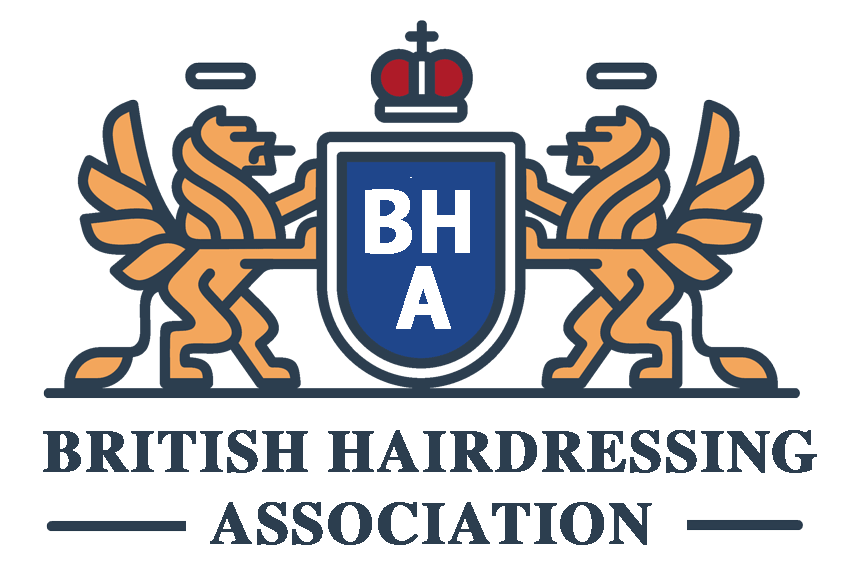Regional Licensing Requirements for UK Hairdressers: What You Need to Know
In order to become a hairdresser in the UK, there are a number of licensing requirements that need to be met. Whether you are interested in becoming a freelance hairdresser, working in a salon, or even starting your own business, it is important to understand the regulations surrounding the industry. Here is everything you need to know about regional licensing requirements for UK hairdressers.
Training and Qualifications
One of the main requirements for becoming a hairdresser in the UK is obtaining the necessary training and qualifications. This typically involves completing a Level 2 or Level 3 hairdressing course at a recognized training provider. These courses cover a range of topics, including cutting, styling, coloring, and health and safety procedures.
Registration and Licensing
Once you have completed your training, you will need to register with a professional body such as the Hairdressing Council or the British Association of Beauty Therapy & Cosmetology (BABTAC). These organizations oversee the industry and ensure that all hairdressers meet certain standards of professionalism and competence.
Health and Safety Regulations
Hairdressing involves working with potentially harmful chemicals and tools, so it is essential to adhere to strict health and safety regulations. This includes carrying out risk assessments, maintaining a clean and hygienic working environment, and following proper procedures for handling and disposing of hazardous materials.
Insurance
To protect yourself and your clients, it is important to have the right insurance in place. This may include public liability insurance, which covers you in case a client suffers an injury or property damage as a result of your services, as well as treatment risk insurance, which covers you in case a client suffers an adverse reaction to a treatment you have provided.
Licensing for Different Regions
It is worth noting that licensing requirements can vary between different regions in the UK. For example, in Scotland, hairdressers must obtain a license from their local authority in order to practice, while in England and Wales, there is currently no statutory licensing requirement for hairdressers. However, it is always advisable to check with your local authority to ensure that you are complying with any relevant regulations.
In conclusion, becoming a licensed hairdresser in the UK involves obtaining the right training and qualifications, registering with a professional body, adhering to health and safety regulations, and having the appropriate insurance in place. By following these requirements, you can ensure that you are operating legally and ethically in the industry.


